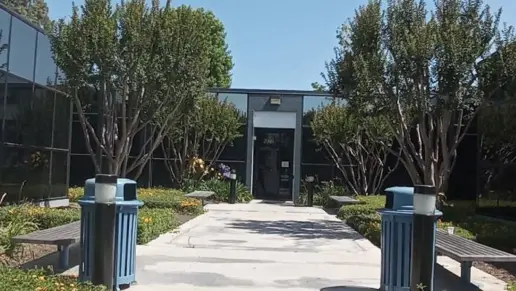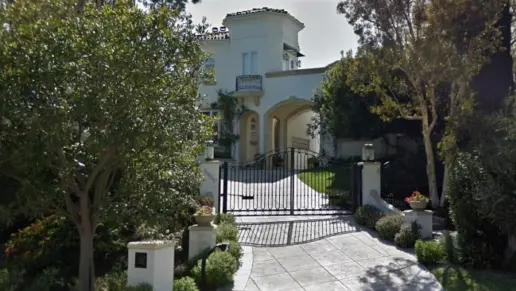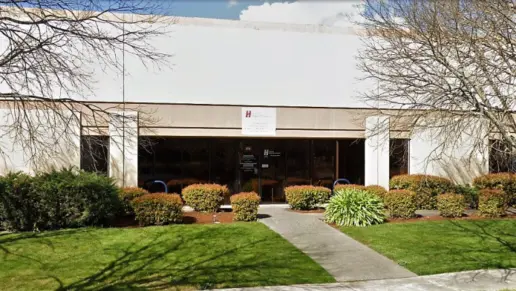About South Bay Sober Living
South Bay Sober Living is an alcohol and drug rehab center for adults in Torrance, California. Their programs include intensive outpatient treatment and sober living residences. As its name implies, its Torrance House is a sober living home to help you reintegrate into society after you wrap up your program.
Something I like about them is that their residence is very close to nearby conveniences. You’ll be living in the heart of the city. That means there are nearby grocery stores, malls, public transportation and 12 Step meetings. There are also schools and job opportunities nearby.
The house has six bedrooms and six bathrooms. Some of the other amenities include laundry facilities, television and a full kitchen. While you live here, you’ll participate in support group meetings that help you talk about your goals and create plans to achieve them. They also conduct regular drug tests to track your progress.
To develop your confidence, teamwork and accountability, the team will encourage you to hold a job or go to school while you participate in the program. They also want you to attend peer recovery groups and get a sponsor.
Latest Reviews
Rehab Score
Gallery
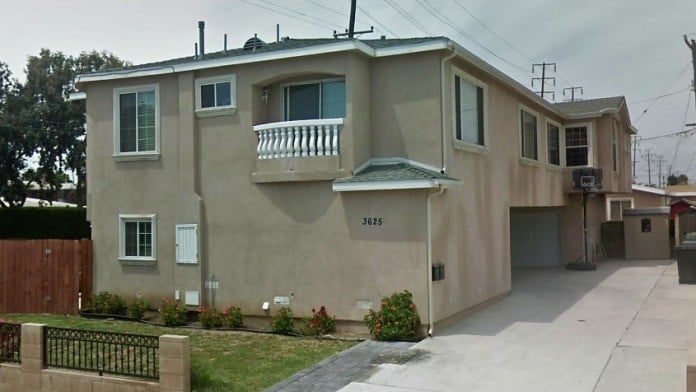
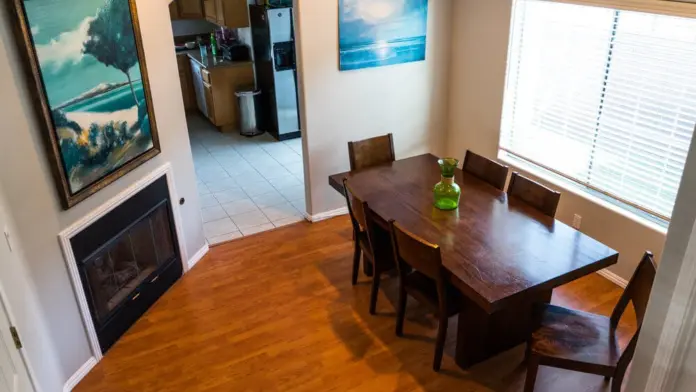
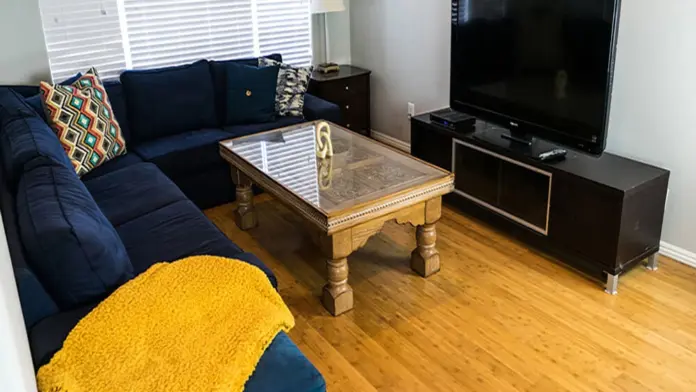
Location
Other Forms of Payment
Self-pay involves paying for treatment out of your own pocket. You can use savings or credit, get a personal loan, or receive help from family and friends to fund your treatment. If you don't have insurance or your insurance plan doesn't cover a specific program, self-pay can help ensure you still get the care you need.
Addiction Treatments
Levels of Care
Treatments
The goal of treatment for alcoholism is abstinence. Those with poor social support, poor motivation, or psychiatric disorders tend to relapse within a few years of treatment. For these people, success is measured by longer periods of abstinence, reduced use of alcohol, better health, and improved social functioning. Recovery and Maintenance are usually based on 12 step programs and AA meetings.
Drug rehab in California teaches participants constructive ways to stay clean and sober. Treatment revolves around helping individuals stop using the substance they are addicted to and learn healthy habits to avoid relapse.
Opioid rehabs specialize in supporting those recovering from opioid addiction. They treat those suffering from addiction to illegal opioids like heroin, as well as prescription drugs like oxycodone. These centers typically combine both physical as well as mental and emotional support to help stop addiction. Physical support often includes medical detox and subsequent medical support (including medication), and mental support includes in-depth therapy to address the underlying causes of addiction.
Substance rehabs focus on helping individuals recover from substance abuse, including alcohol and drug addiction (both illegal and prescription drugs). They often include the opportunity to engage in both individual as well as group therapy.
Programs

Clinical Services
Group therapy is any therapeutic work that happens in a group (not one-on-one). There are a number of different group therapy modalities, including support groups, experiential therapy, psycho-education, and more. Group therapy involves treatment as well as processing interaction between group members.
Life skills trainings involve all the skills a person must have in order to function successfully in the world. These include time management, career guidance, money management, and effective communication. Truly successful addiction recovery is based on the ability to not only live substance-free, but to thrive. Life skills teaches the practical necessities of functioning in society, which sets clients up for success in life, and therefore sobriety.
Amenities
-
Residential Setting
-
Private Setting
-
Wifi
Contact Information
3625 West 190th Street
Torrance, CA 90504
